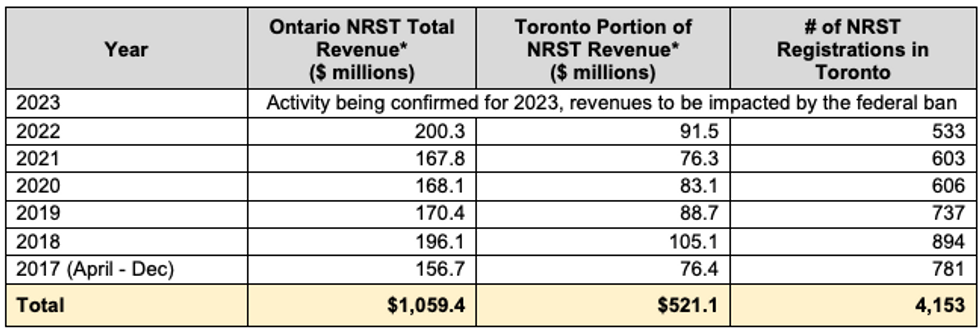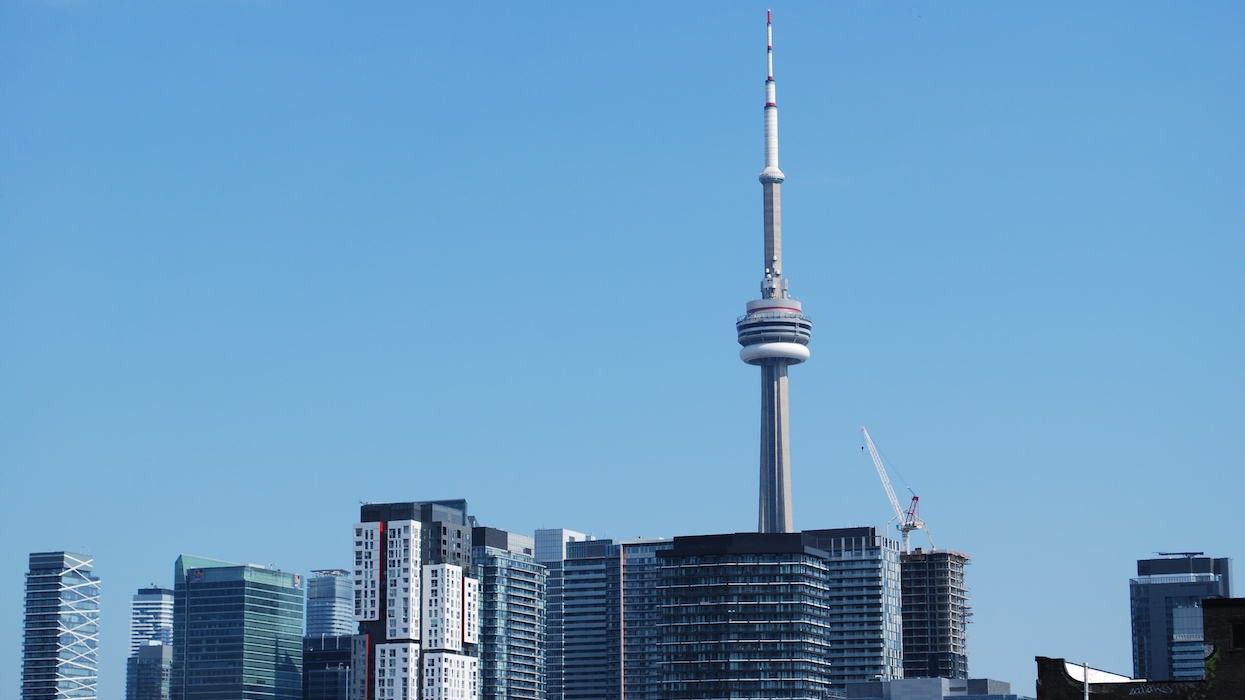Toronto is flirting with the idea of introducing a new foreign buyer tax — a move that could help the city clamp down on speculative home buying and generate as much as $15M in revenue in 2025 alone.
A report prepared by Chief Financial Officer and Treasurer Stephen Conforti says that the proposed Municipal Non-Resident Speculation Tax (MNRST) is set at 10% and would go into effect in 2025. That’s, of course, if the item gets the green light from the Executive Committee when they meet on Tuesday, and from City Council on February 6.
City staff are saying that the tax will help to free up Toronto real estate for residents by deterring foreign home purchases. The thinking is that this will help to put a lid on price growth — at least to some degree.
Conforti’s report reveals that the MNRST stands to bring in between $14M and $15M in revenue next year. However, that’s a fairly optimistic projection and is contingent on the federal government lifting its two-year foreign buyer ban. If the feds choose to extend the ban, the projected revenue from the MNRST drops down to $9.6M.
The report also explains that the MNRST would be modelled after the Province of Ontario’s Non-Resident Speculation Tax (NRST), which was introduced in 2017 and hiked to 25% in late 2022. The Province has collected over $1B in revenue from tax between 2017 and 2022 (data for 2023 is still being finalized and verified), and around half of that revenue can be traced back to home purchases in the City of Toronto.

The proposed MNRST shouldn’t come as a surprise. City Council requested staff to prepare reports on several new housing-related revenue streams in September, and a foreign buyer land transfer tax was amongst them.
In addition to the tax, the Executive Committee will consider a number of other items on Tuesday, including the advancement of the George Street Revitalization project, which was announced in late 2020 under former Mayor John Tory and will see the northernmost block of George Street — between Dundas Street East and Gerrard Street East — completely overhauled with new shelter and long-term care facilities and community services.


















